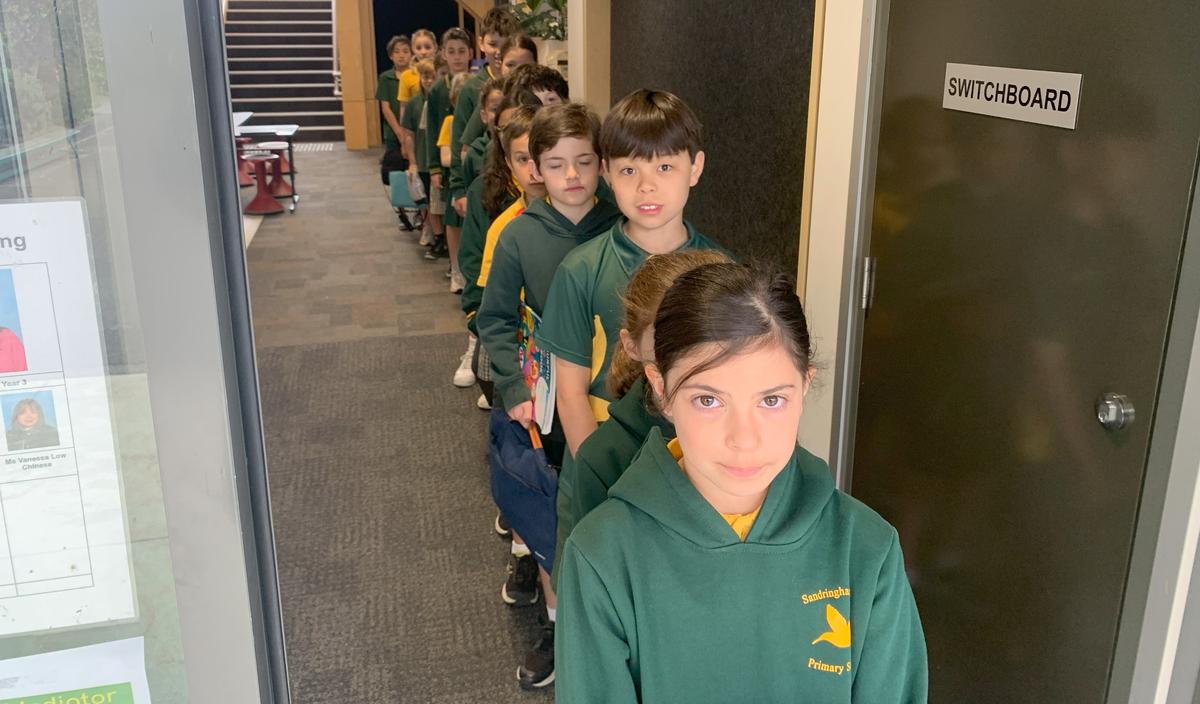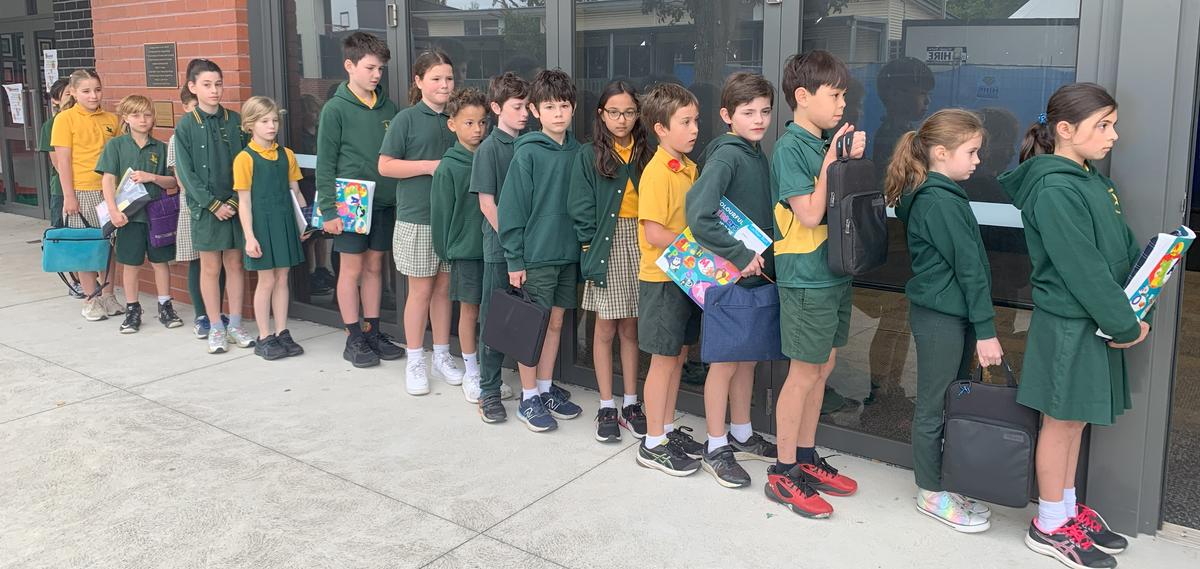Teaching and Learning
By Trudy Gau

Teaching and Learning
By Trudy Gau
L6 Math Virtual Games Day
On Monday, we had 12 Level 6 students compete in 3 teams of 4 at the Virtual Games Day run by the Mathematics Association of Victoria. There were over 100 schools that competed. We were very excited and proud of our students who worked collaboratively and embraced the challenges that they were set. Our 3 teams finished 49th, 4th and 1st. What a fabulous achievement.
Congratulations to: Luca G, Isaac G, Sunni T, Ella C, Charles B, Finley R, Adeline M, Jiya K, Henry M, Sunny W, Elsa B and Roman I.
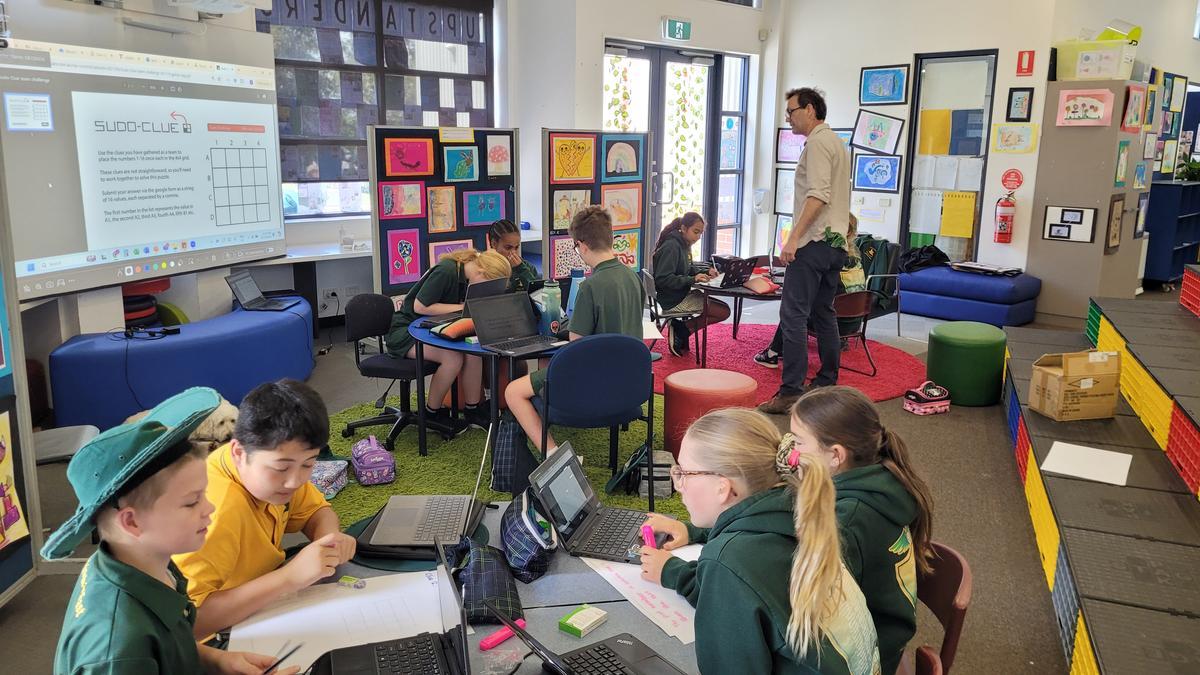

"This day was a great experience to challenge us, to think outside the box and work collaboratively with each other. On the day we started off with Word Nerd, Tumbling Towers, and Mathematic-Tac-Toe. These were games that required thorough and strategic thinking that could checkmate your opponent or give you something to work on. After our recess break, we came back ready to tackle our new challenges which were floating garbage and team puzzles. These problems made us work as a team to find clues and strategies to solve the problems. There were so many tough activities we solved, and in the end, our hard work paid off. These problems expanded our ways of thinking and problem solving. Overall, this day was fun, enjoyable, and challenging."
Roman I and Jiya K
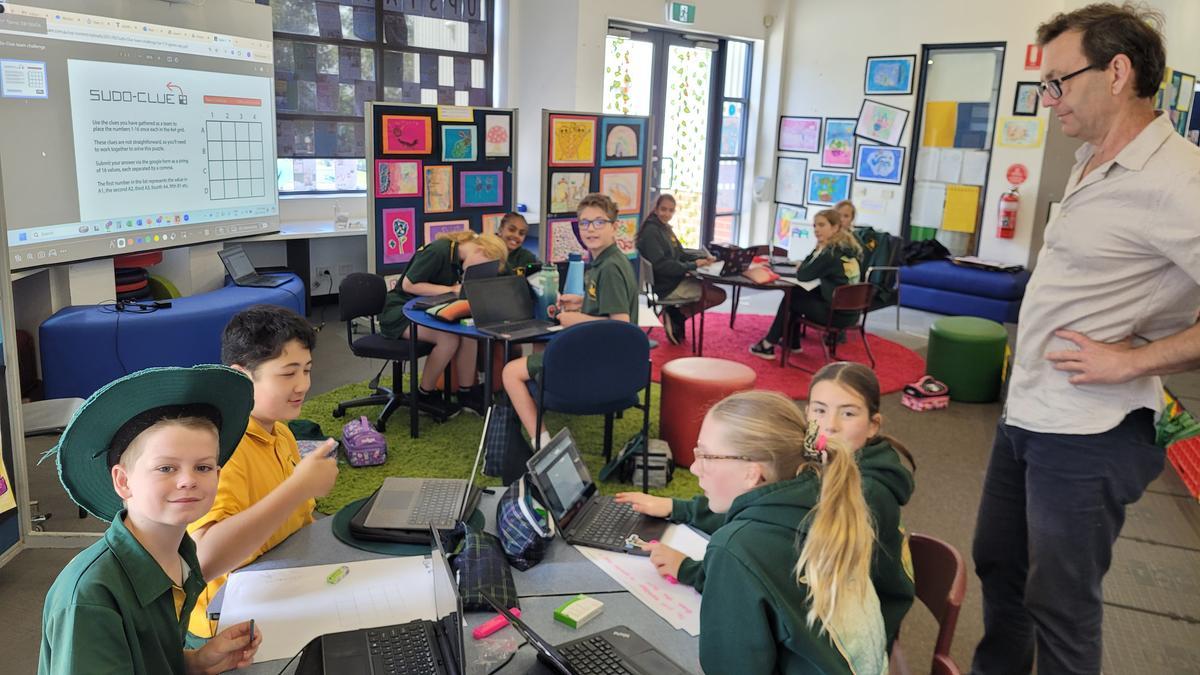

Prizes have arrived in the post, and the winning team will receive these at assembly on Monday 4th November.
Learning Routines Continued
Last newsletter, I shared some information around the science of learning and the Cognitive Load Theory. As mentioned, one of the areas our teachers are focusing on at the moment is introducing learning routines and engagement norms through the regular use of small whiteboards. By consistently (best practice states 3 times/minute) asking students to share their thinking by asking questions, students remain engaged and on task. Not only does this practice increase student engagement, but it is also provides valuable information for the teacher.
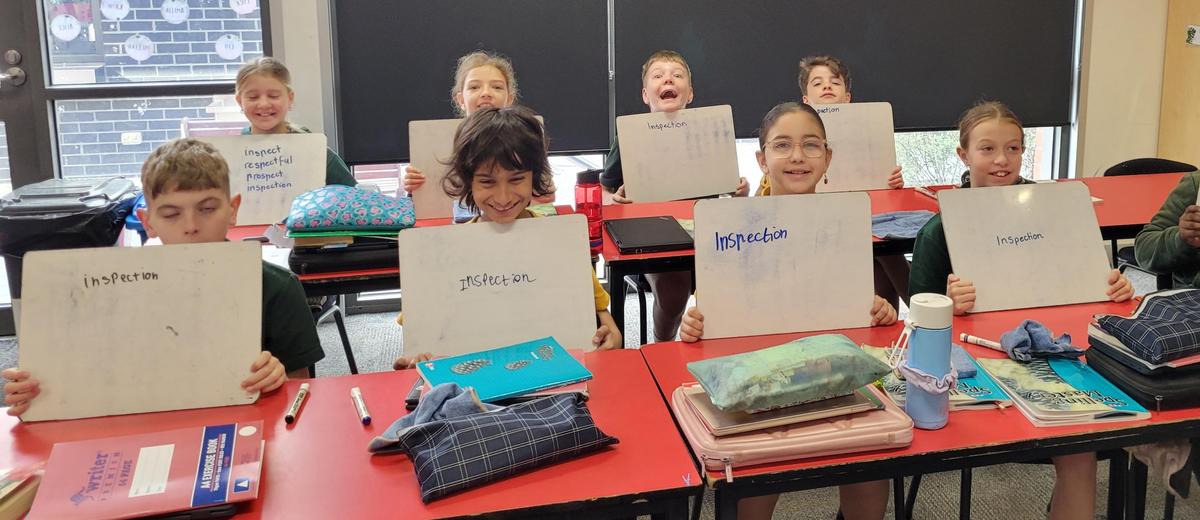

In education, we call this information 'formative feedback'. By regularly asking students to show their thinking on the small whiteboards, teachers get immediate feedback on how their students are going. Teachers can then make informed decisions about whether they can move on or need to reteach a concept.


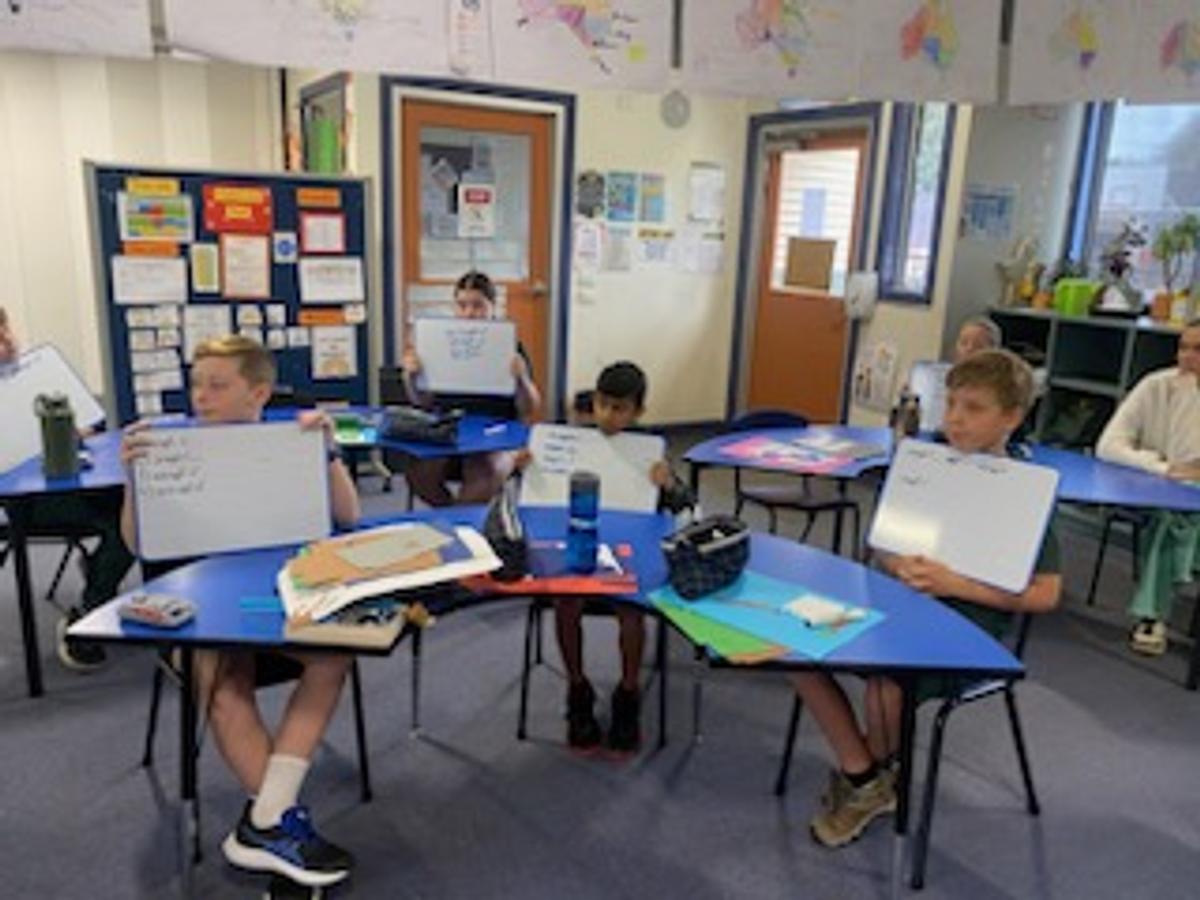

Behaviour Routines
In order to set the tone for learning and make sure that our students are in the right frame of mind, once again reducing extraneous and intrinsic cognitive load, we have also been working on our calm and orderly environment. The students are practising lining up in role order and walking in single file when they move around the school. Here we see 3C moving quickly, quietly and calmly from their homeroom to the performing arts room.

